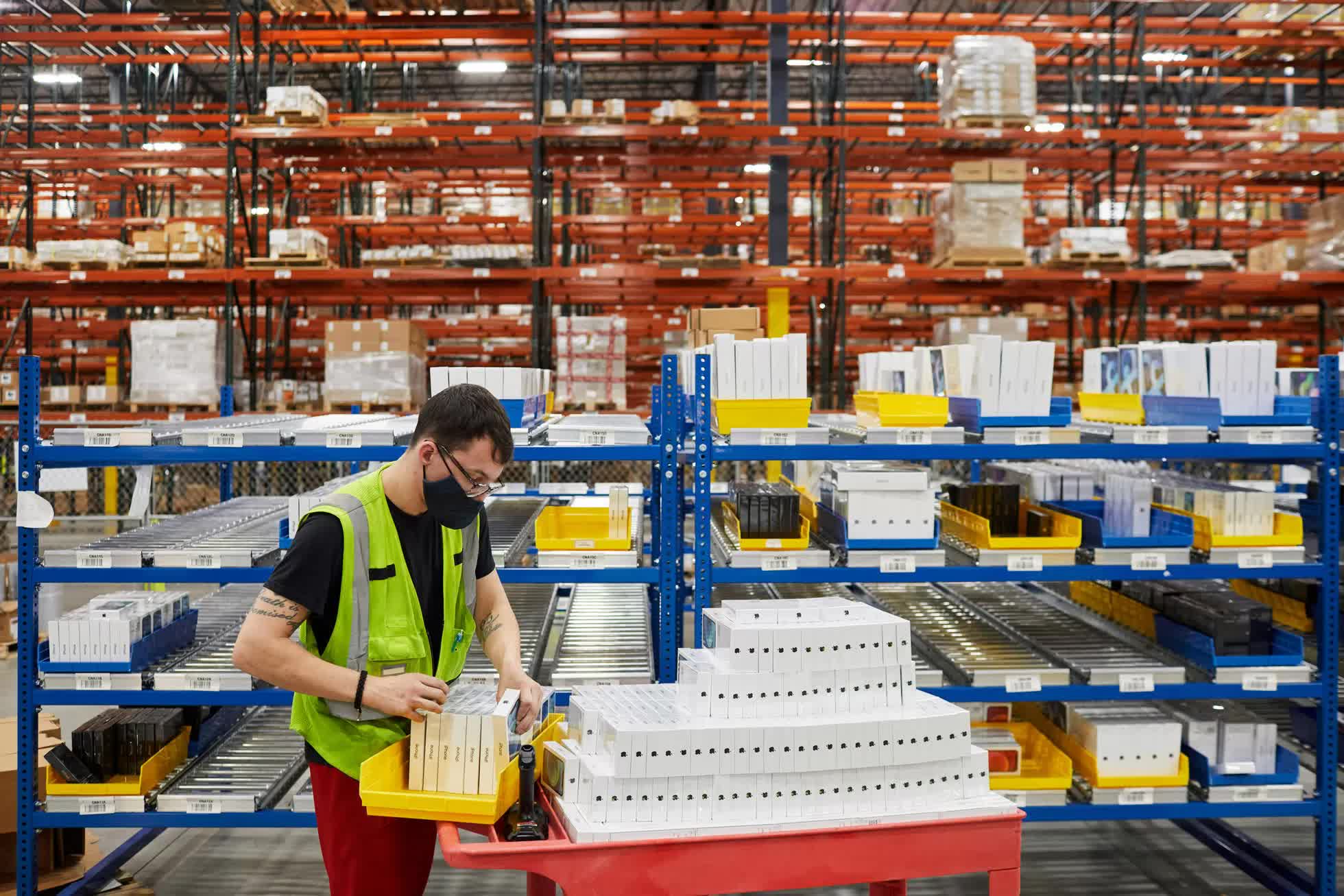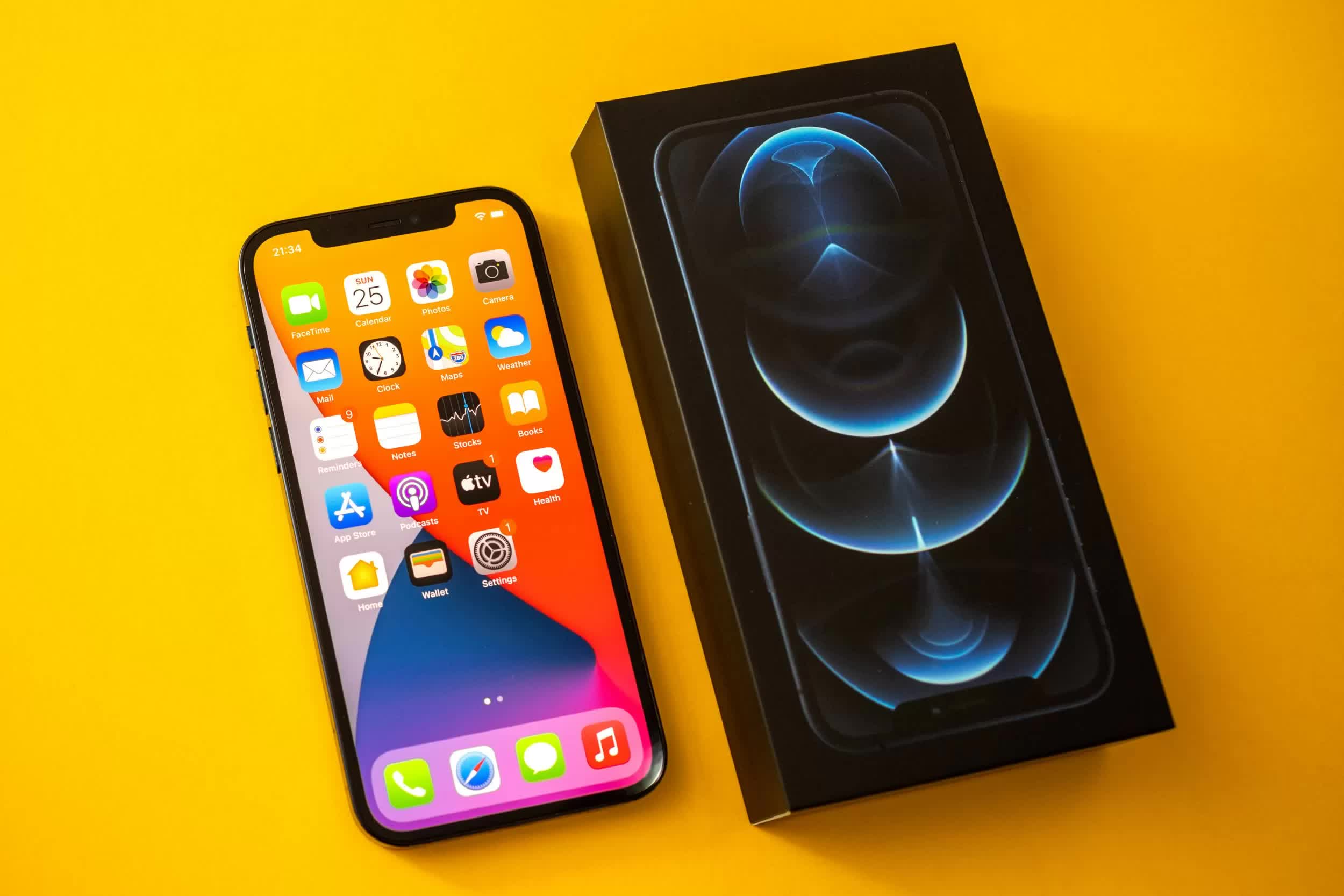In context: Apple iPhone sales have slowed in recent years, standing at 116 million units for the first nine months of 2020. However, according to reports, Apple is asking suppliers to ramp up production for the first half of 2021, signaling a potential smartphone supercycle that could see shipments once again reach 2015 levels.
Demand for the iPhone 12 and iPhone 11 has reportedly surged in the last few months, despite the lasting financial uncertainty caused by the pandemic. It turns out that Apple's first 5G handsets are enticing consumers to upgrade, while 5G rollout is expected to cover one billion people by the end of the year. By 2026, that number is expected to be 3.5 billion, so a lot of buyers of the new iPhone 12 are early adopters.
According to a Nikkei report, Apple has increased its orders of the latest iPhone at manufacturers, as it expects sales to reach as high as 96 million units for the first half of 2021.
To put things in perspective, Apple plans to sell between 20 to 30 percent more iPhones in 2021 than it did in 2019, which comes out at about 230 million units, including the new iPhone 12 series, the iPhone 11 and the iPhone SE. However, that depends on overcoming several supply chain issues that have been popping up as of late.

Last month, Apple said it was investigating Pegatron for potential labor violations, which could force it to abandon the long time supplier for Luxshare, which is currently in a better position to manufacture iPhones after buying two Wistron factories.
Supply chain insiders have also observed a shortage of essential components like power management chips, and recently thousands of Wistron employees took part in a riot over unfair pay.
News that the latest iPhones are selling above expectations was well received by public investors, and Apple shares were up 4 percent this morning as a result. As for the upcoming iPhone 13, analysts aren't convinced it will bring as much excitement, even as the rumor mill has been abuzz about the integration of new battery technology and an always-on display that is more energy-efficient.
